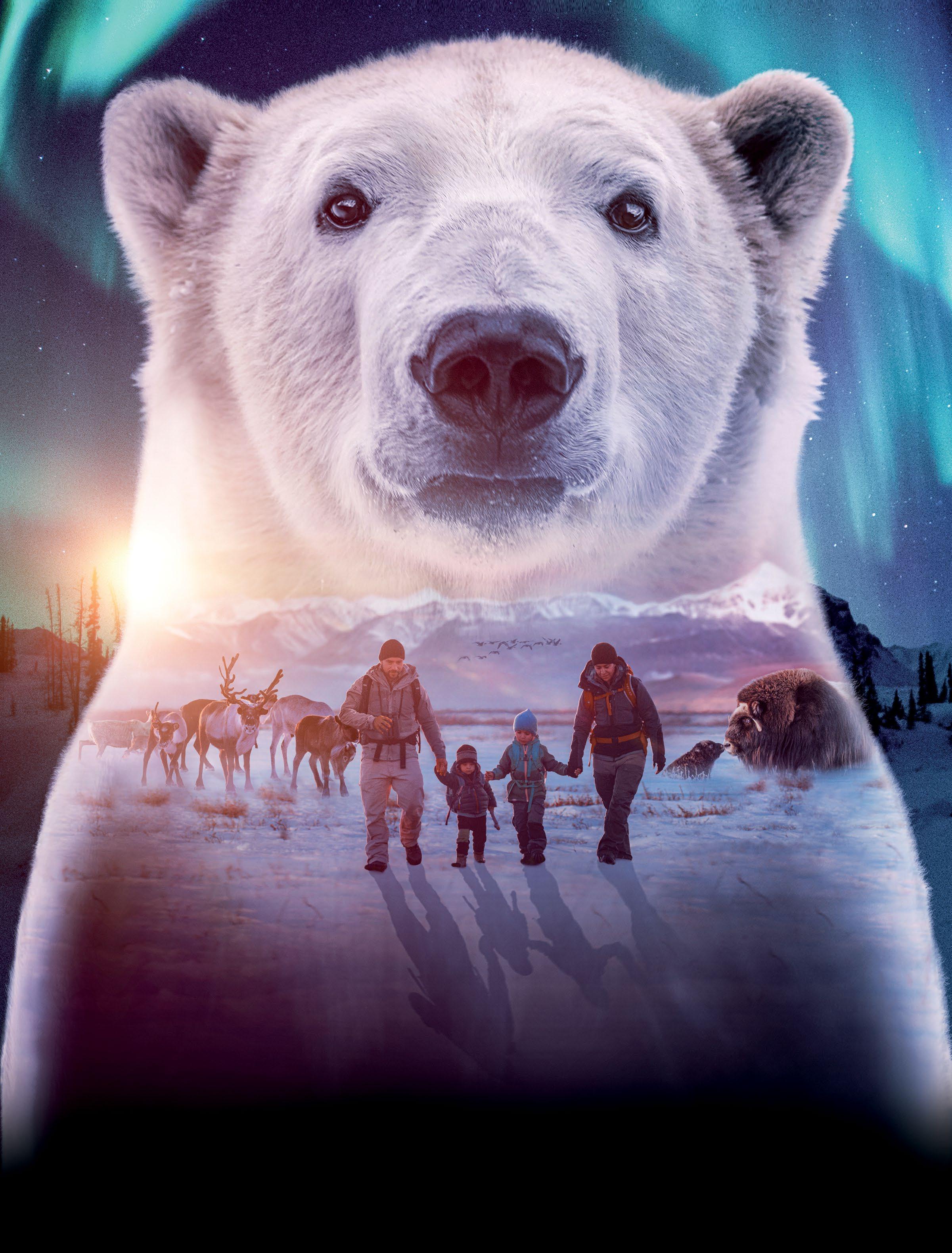
3 minute read
A Tourist from Tuscany
from Issue 1, 2023
The Italian wall lizard in BC
Invasive species are one of the main causes of biodiversity loss, and billions of dollars are spent worldwide to mitigate the effects of these pesky, and sometimes destructive, intruders.
Every year, members of the Royal BC Museum’s botany and entomology departments team up to do alpine field work, and this past summer was no exception. As in every year before, this one found us in the middle of yet another unexpected and memorable situation. We’ve experienced snow in August, wicked windstorms, grizzly bears wandering through camp and torrential downpours. This year it was massive, merciless swarms of mosquitoes. While some aspects of field work in the alpine are not obviously linked to the climate crisis, last summer’s work was heavily influenced by this rising, global concern. Our first location this year—Mt. Hewitt Bostock, southeast of Lytton, BC—coincided with the province’s first heat dome, which followed an unusually wet spring.
Field workers are no strangers to biting, buzzing, winged insects, but we can usually count on breezes and cool temperatures to control their numbers. Heat domes, however, mean extremely warm, still air—incidentally, a mosquito's dream. We were surrounded by a constant, torturous hum for the entire three days we were on site. The hum was inescapable, following you into your tent at night, invading your
The treeline—the transition point between where trees can and cannot grow—is determined by temperature, not altitude or latitude. As the treeline moves higher with rising temperatures, the suitable habitat options diminish for species of alpine plants and animals that are not adapted to grow in forests.
Although we do not have this sort of information for many invertebrate species, our spider collection efforts have revealed that 10 per cent (92 species) of the spider species reported from British Columbia are found at average elevations of 1,800 metres or higher. Of those, 30 species are only found at or above this elevation. There is a similar story from a botanical perspective. Approximately 650 species of vascular plants grow in BC’s alpine, 130 of which grow exclusively in the alpine.
While spiders may not be at the top of many people’s list of at-risk creatures to save, the rapidly diminishing alpine ecosystem undoubtably impacts other more well-known alpine-adapted animals, like the hoary marmot or the white-tailed ptarmigan. Any loss of alpine habitat is bound to have negative impacts on other, less well-known species that rely exclusively on this ecosystem as well.
For a list of actions you can take to reduce your carbon emissions, check out Future Learn’s 20 top tips: bit.ly/3iGymuc.
The introduction of the common wall lizard in Cincinnati in 1951 and British Columbia in 1967 and again in 1970 was well documented at the time, though little if anything was done to control its spread. Cincinnati went so far as to embrace the wall lizard as a mascot.
A second wall lizard species, the Italian wall lizard, was found in Vancouver in 2019. It was caught and preserved for the Royal BC Museum collection and is now known as RBCM 2187. This species is native to a wide area from Bosnia and Herzegovina, Croatia, France, Italy, Serbia, Montenegro, Slovenia, and Switzerland, and was introduced to Spain and Turkey. They also were introduced multiple times to the United States with populations in California, Kansas, New Jersey, Missouri and New York. There also is a population on Orcas Island, Washington, which has been there for a decade and a half.
Was our lizard from Orcas Island?
Was it from the populations in the US mainland? Or did it originate in Europe?
Using analysis of mitochondrial DNA sequences (cytochrome-b 17 gene) from a liver sample taken from RBCM 2187, we found that the Vancouver specimen is similar to lizards from the Tuscany area and lizards from Kansas and New York. It’s possible our lizard came from New York or Kansas, or straight from Tuscany itself.
The population in New Jersey is from the Adriatic region, and those in California originated in Sicily. It’s thought that the majority of Italian wall lizard introductions in the USA stem from the pet trade. That being said, we have no idea where the Orcas Island population originated—at least no one has owned up to it. The Vancouver specimen could have come from Orcas Island—it’s only a short trip—but we won’t know until we analyze an Orcas Island lizard liver. Wall lizards pose a unique threat considering how comfortable they are in industrial areas, farmland and gardens, and have lived with people throughout our occupation of Europe. They also come from a climate that is similar to that of southwestern BC, and are dietary generalists, meaning they’ll eat whatever they can stuff down. They are the perfect invader. Keep your eyes out for them and report sightings on the iNaturalist app.










